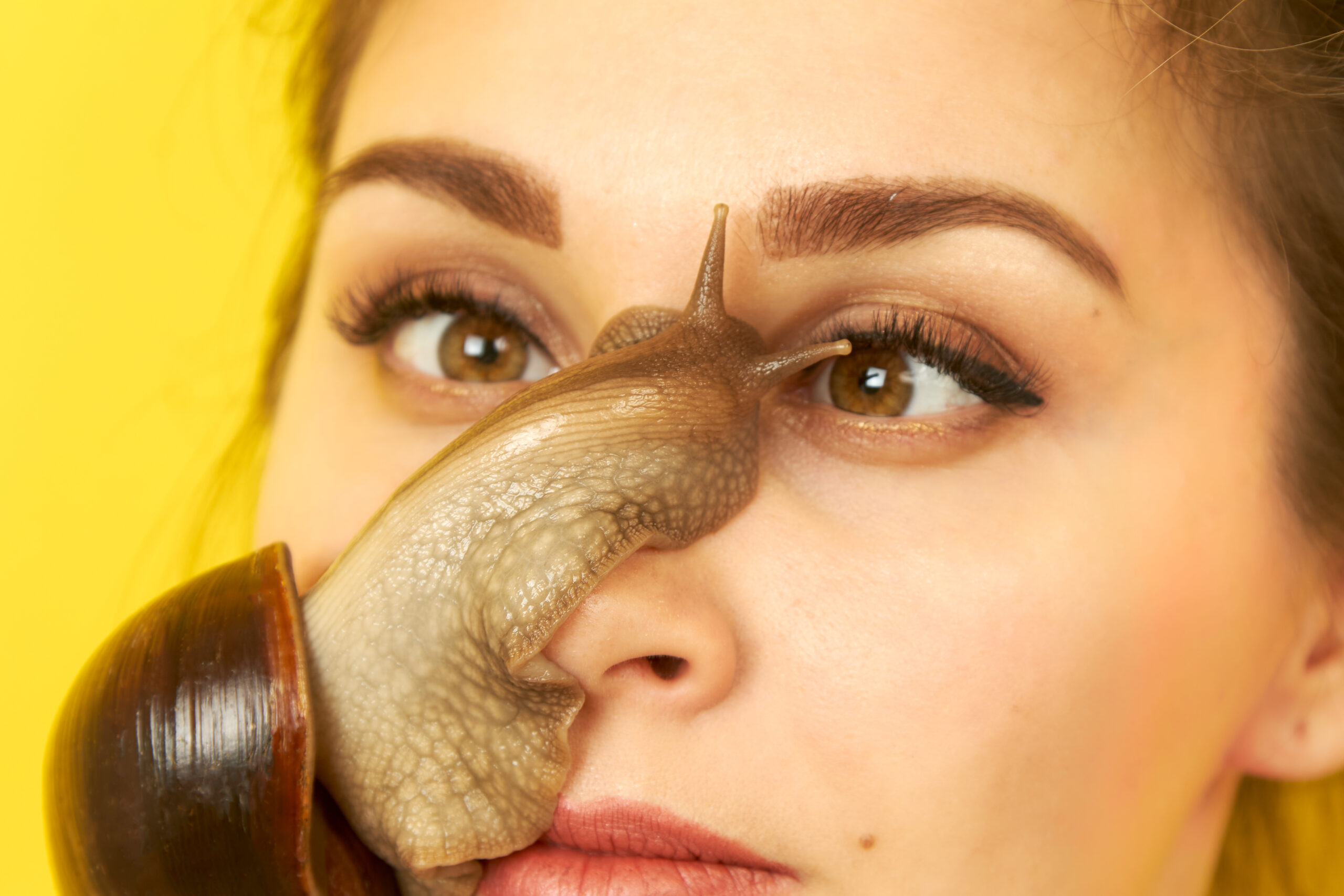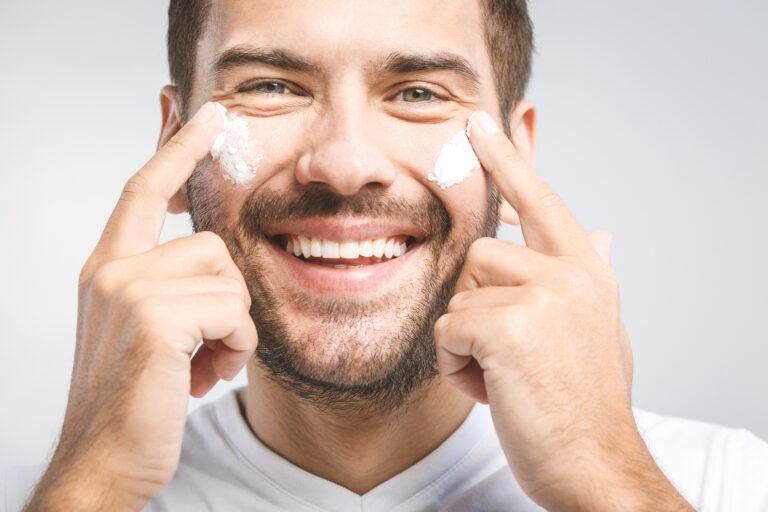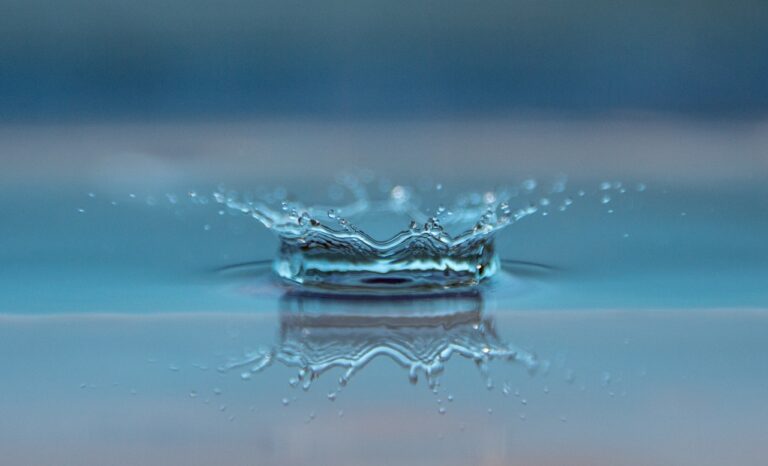Does Slugging with Petroleum based products really make sense?
If there is a temporary need to seal your skin completely against moisture loss, then ‘slugging’ may make sense. Slugging typically uses petroleum (yes, extracted and refined from the same ingredient used to make gasoline) to make petroleum jelly or petrolatum. But does slugging with petroleum based products really make sense?
And can slugging be done without the use of petroleum jelly?
But first of all, what is slugging?
“You know the slimy mucus trail that snails and slugs leave behind as they move? Yeah, it’s kind of like that — and it’s actually what gives slugging its name.
Slugging is basically the process of slathering your face with petroleum jelly overnight. Social media skin care gurus claim it has given them a gorgeous glow.” (1)
Petroleum based products seal the skin.
“Petroleum jelly is a simple and very occlusive ointment,” Dr. Kassouf says. That means that it forms a protective layer on the surface of your skin — and that protective layer, in turn, helps seal in hydration and keep your skin from drying out.” (1)
“As a petrolatum product, Vaseline is used as a topical moisturizer which assists with skin water retention by acting as an occlusive agent that prevents evaporation of water from the stratum corneum (outermost skin layer) and seals out external water.[11][12] Vaseline is intended for external use only, and is not recommended for deep skin cuts or punctures, animal bites, or serious burns.[12] Topical petrolatum products like Vaseline are used to manage and relieve atopic dermatitis and eczema in adults.[11][13] ” (1)
But does it make sense to use it as a regular skin care routine? What are the potential risks and side effects?
” “Vaseline contains mineral oils.[12] Unrefined mineral oils often contain adulterants including polycyclic aromatic hydrocarbons (PAHs), which can increase risk for certain forms of cancer when consumed orally.[14] When used topically (as is recommended with Vaseline), dermal absorption of PAHs is insignificant.[15] No link between topical petroleum jelly-based moisturizers and cancer has been found in large studies over many years.[16] “ (1)
Potential side effects of slugging:
- “Allergies: Some people are more sensitive and can develop allergies if they use petroleum-derived products. Always keep an eye out for irritations and adverse reactions when using a new product.
- Infections: Not allowing the skin to dry or cleaning the skin properly before applying petroleum jelly can cause fungal or bacterial infections. A contaminated jar can also spread bacteria if you insert jelly vaginally.
- Aspiration risks: Check with your doctor before using petroleum jelly around the nose area, especially in children. Inhaling mineral oils may cause aspiration pneumonia.
- Clogged pores: Some people may break out when using petroleum jelly. Make sure you clean the skin properly before you apply the jelly to reduce the risk of breakouts.” (2)
And then, there are additional, important things that need to be mentioned: Skin Renewal and Oxygen Supply.
Since slugging completely seals the skin against moisture loss, it also prevents the skin from breathing, which may impede oxygen delivery to your skin as “the upper skin layers to a depth of of 0.25-0.40 mm are almost exclusively supplied by external oxygen” (3)
This may imply that slugging with petroleum jelly may be great for moisture retention but may also disaffect the skin’s ability to receive oxygen and its natural metabolism and therefore its optimal ability to renew itself.
The skin works to renew itself by increasing its metabolic rate while we sleep (one reason why insufficient sleep can age our skin). It works to renew itself by shedding dead skin cells while we sleep – which may be impeded by covering the skin with an occlusive like petroleum jelly that:
- Seals the skin and prevents it from absorbing oxygen, and
- Holds onto and prevents dead skin from shedding and
in the process, possibly interfering with the skin’s natural renewal process.
In this respect, as scientific studies related to the long term use of slugging is not known, limiting the use of slugging to temporary use to treat acute dehydration and or using slugging as a spot treatment might be a prudent approach.
Clean hands, clean application.
As with any skin care routine, If the petroleum jelly is touched by anything that isn’t cleansed properly, it can also increase infection risks, especially as bacteria could be trapped under an occlusive layer.
That means, as an important part of any skin care routine, hands or anything used to touch the product – in this case the petroleum jelly – needs to be clean and the skin surface also needs to be properly cleansed before and after its application.
Did you know that double cleansing is a proven skin care cleansing method?
According to the Cleveland Clinic, “Slugging isn’t right for everyone. Dr. Kassouf explains what skin types and conditions should avoid it.
- Oily skin: “Skin that is oily already has an adequate or even too-robust lipid layer and does not need the extra addition of lipid to the surface,” she says.
- Acne-prone: In this case, what’s true for oily skin is true for acne-prone skin. Slugging could actually make your acne worse, not better.
- Infected skin: If you have any sort of infection or open wound, skip slugging. “It may not allow the infection to clear,” Dr. Kassouf warns. (2)
What if you could get similar benefits of slugging without using occlusive products like petroleum jelly?
You could, by using skin care products with botanical oil like the certified organic, cold pressed, high oleic sunflower seed oil and by using a skin care layering method that creates a hydrating, protecting, and nourishing emulsion directly on your skin – as its done within the Metrin Skincare System – a skin care system with a skin care routine that’s proven effective for over 90 years.
So does slugging with petroleum based products really make sense? No, not when there are skincare products on the market that are scientifically proven to bring skin back to perfect functionality. Choosing slugging, a relatively new fad with little research surrounding it, over scientifically proven routines and products just does not make sense.
Skin care fads come and go. If you would like to learn more about an alternate, non-comedogenic, botanical based slugging with a skin care routine proven over 90 years of use, send your skin care concerns by filling out the form below.
References:
- https://health.clevelandclinic.org/slugging/https://en.wikipedia.org/wiki/Vaseline
- https://www.healthline.com/health/beauty-skin-care/petroleum-jelly#side-effects
- The cutaneous uptake of atmospheric oxygen contributes significantly to the oxygen supply of human dermis and epidermis https://pubmed.ncbi.nlm.nih.gov/11826181/
- Does poor sleep quality affect skin ageing? https://pubmed.ncbi.nlm.nih.gov/25266053/
- https://www.dennisgrossmd.com/beauty-sleep-how-nighttime-can-transform-skin/
- Oxygen deprivation inhibits basal keratinocyte proliferation in a model of human skin and induces regio-specific changes in the distribution of epidermal adherens junction proteins, aquaporin-3, and glycogen From <https://www.ncbi.nlm.nih.gov/pmc/articles/PMC2743024/>
- https://www.byrdie.com/slugging-skincare-trend-5087545
- https://www.reddit.com/r/SkincareAddiction/comments/73t814/humor_i_didnt_choose_the_slug_life_the_slug_life/
- https://www.reddit.com/r/SkincareAddiction/comments/29kjk3/i_have_turned_myself_into_a_slug/
- PLEASE STOP ‘ SLUGGING ‘ | Why Skincare Slugging is Bad for your Skin







